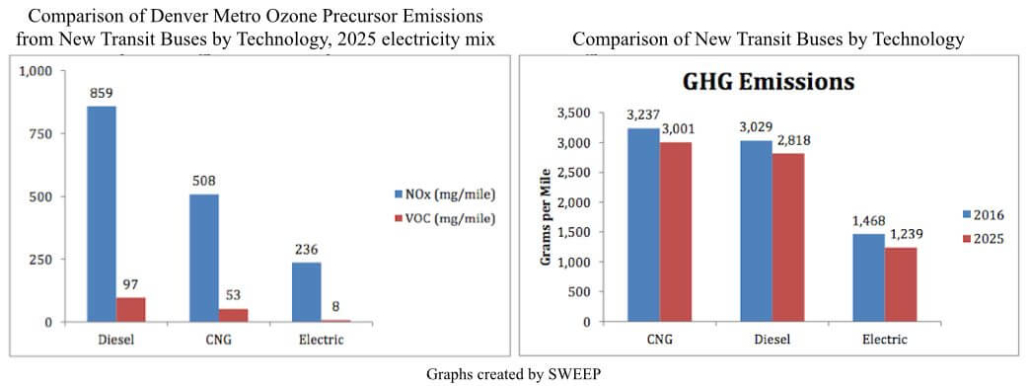Written by Audrey Wheeler
120 days. 100 legislators. Among a storm of #MeToo scandals, teacher protests, civil rights debates, and more, we made progress and fought some important fights for our environment.
In case you haven’t been keeping up, here are the biggest wins, bad things blocked, and losses for our air, land, water, and communities coming out of this year’s legislative session.
VICTORIES:
 Investing in transportation for all Coloradans. After two years of fighting, we notched a huge victory in passing SB 001, a bipartisan bill that includes major investments in transportation options like senior and disability buses, sidewalks for pedestrians, highway shoulders for tractors, and resources to keep everyone safe. It is a step towards funding our state’s massive transportation needs in a fiscally responsible manner, and it supports a system that will benefit all Coloradans. With 2.5 million more people expected to live in Colorado in the next 25 years, these options are more important than ever to combat congestion and improve air quality. While we believe additional revenues are needed to address all our transportation needs, this bill provides critical initial investments to move us forward.
Investing in transportation for all Coloradans. After two years of fighting, we notched a huge victory in passing SB 001, a bipartisan bill that includes major investments in transportation options like senior and disability buses, sidewalks for pedestrians, highway shoulders for tractors, and resources to keep everyone safe. It is a step towards funding our state’s massive transportation needs in a fiscally responsible manner, and it supports a system that will benefit all Coloradans. With 2.5 million more people expected to live in Colorado in the next 25 years, these options are more important than ever to combat congestion and improve air quality. While we believe additional revenues are needed to address all our transportation needs, this bill provides critical initial investments to move us forward.
 Renewing funding to protect our public lands. A massive funding stream for Colorado’s outdoors was reauthorized through Colorado’s lottery! This dedicates funding for parks, open spaces, and outdoor recreation in all 64 counties of Colorado. This bill (SB 066) will help boost local projects to protect our outdoors.
Renewing funding to protect our public lands. A massive funding stream for Colorado’s outdoors was reauthorized through Colorado’s lottery! This dedicates funding for parks, open spaces, and outdoor recreation in all 64 counties of Colorado. This bill (SB 066) will help boost local projects to protect our outdoors.
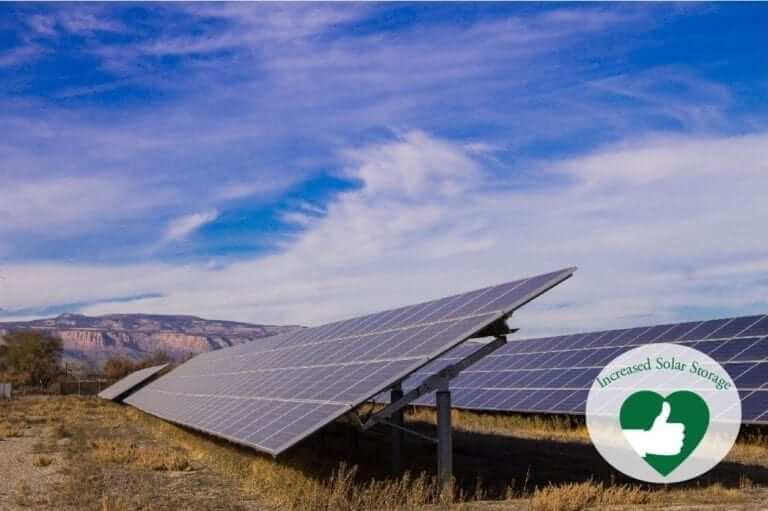 Advancing renewable energy through storage. Energy storage is an essential companion to renewables that will enable a clean energy future. Two bills tackled this need (SB 009 and HB 1270). SB 009 declares that power customers have a right to install, interconnect, and use energy storage systems, making sure that homeowners can store their renewable energy, while HB 1270 directed the Public Utilities Commission to consider storage in as utilities make plans for future energy sources.
Advancing renewable energy through storage. Energy storage is an essential companion to renewables that will enable a clean energy future. Two bills tackled this need (SB 009 and HB 1270). SB 009 declares that power customers have a right to install, interconnect, and use energy storage systems, making sure that homeowners can store their renewable energy, while HB 1270 directed the Public Utilities Commission to consider storage in as utilities make plans for future energy sources.
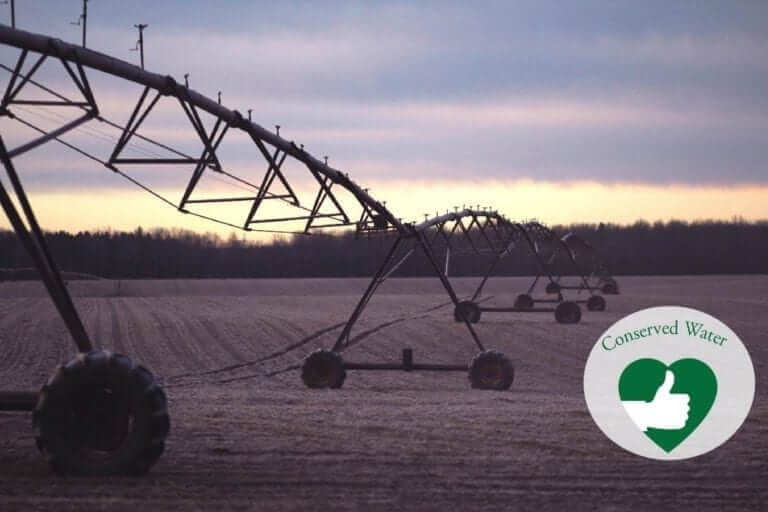 Conserving Colorado’s water. We helped pass three bills to allow reused water for flushing toilets (HB 1069), growing hemp (SB 038), and farming edible crops (HB 1093)! “Reuse” water is when water is used for one purpose, say to wash dishes, and then treated to a safe standard to be used again, like to water a garden. When a water provider is able to use the same water multiple times, it means more demands can be met without increasing their overall water consumption. Reusing water helps conserve our limited water resources, and these bills will save thousands of gallons a year.
Conserving Colorado’s water. We helped pass three bills to allow reused water for flushing toilets (HB 1069), growing hemp (SB 038), and farming edible crops (HB 1093)! “Reuse” water is when water is used for one purpose, say to wash dishes, and then treated to a safe standard to be used again, like to water a garden. When a water provider is able to use the same water multiple times, it means more demands can be met without increasing their overall water consumption. Reusing water helps conserve our limited water resources, and these bills will save thousands of gallons a year.
 Protecting state parks and wildlife. Coloradans depend on Colorado Parks and Wildlife to deliver on its mission and ensure future generations have access to the recreational opportunities available today. SB 143 allows CPW to prevent budget shortfalls and meet its goals by increasing user fees and adjusting them to keep pace with inflation.
Protecting state parks and wildlife. Coloradans depend on Colorado Parks and Wildlife to deliver on its mission and ensure future generations have access to the recreational opportunities available today. SB 143 allows CPW to prevent budget shortfalls and meet its goals by increasing user fees and adjusting them to keep pace with inflation.
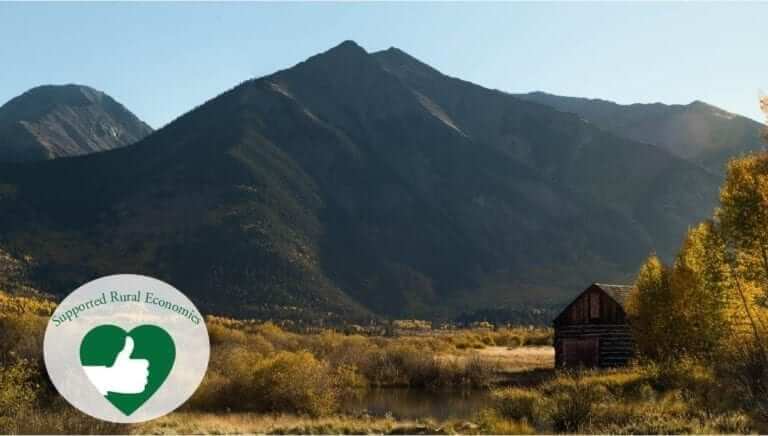 Supporting rural communities. Two bills were passed this year: first, the Rural Economic Advancement of Colorado Towns (REACT) Act aims to provide assistance to rural towns that have experienced significant economic shifts such as industry closure. This bill (SB 005) will help make sure our rural communities have support from the state of Colorado as they face transitions, often related to the shift to clean energy. Second, SB 002 adds funding for increasing broadband to rural areas across Colorado. Currently, many rural communities do not have access to broadband internet, or if they do, its poor and unreliable quality. Rural communities deserve high-speed, functional infrastructure so their opportunities to earn a good life are not limited.
Supporting rural communities. Two bills were passed this year: first, the Rural Economic Advancement of Colorado Towns (REACT) Act aims to provide assistance to rural towns that have experienced significant economic shifts such as industry closure. This bill (SB 005) will help make sure our rural communities have support from the state of Colorado as they face transitions, often related to the shift to clean energy. Second, SB 002 adds funding for increasing broadband to rural areas across Colorado. Currently, many rural communities do not have access to broadband internet, or if they do, its poor and unreliable quality. Rural communities deserve high-speed, functional infrastructure so their opportunities to earn a good life are not limited.
These are just some of the 27 bills we helped pass this year with the support of our 36,000 members!
But not everyone was in line with conservation interests. We also worked to kill 11 bills this legislative session that would have been bad for our air, land, water, or people.
BLOCKED:
- Stopping Colorado from fighting climate change. SB 226 sought to prohibit Colorado from being involved in the U.S. Climate Alliance, which Governor Hickenlooper signed onto last summer. This bill was a thinly veiled attempt to stall Colorado in its efforts to reduce carbon dioxide emissions. This bill passed the Senate but was soundly killed in the House, thanks in part to our members’ advocacy.
- Repealing electric vehicle tax credits. Colorado’s innovative tax credits make our state the best in the country for buying electric vehicles. The credits have helped spur consumers to switch to EVs, giving us the 6th highest market share in the country for EVs. At the same time, EVs benefit our air quality and reduce our dependence on fossil fuels. SB 047 would have ended these tax credits early, cutting off the benefits of EVs to our air and our economy, but we ensured the death of this shortsighted legislation.
And of course, we weren’t able to win in every fight this year. Some of the bills we worked hard to pass this legislative session met their ends in the state Senate, which is under anti-conservation leadership.
LOSSES:
- Protecting Colorado’s water and rivers. A bill (HB 1301) to hold mining companies responsible for water cleanup would have updated our state’s hard rock mining laws to protect the rushing rivers and drinking water we rely on. Unfortunately, this bill was killed in the Senate by pro-industry voices.
- Fighting climate change. One bill (HB 1297) would have allocated funds to prepare Colorado for climate change. Another (HB 1274) would have set a goal of cutting greenhouse gas emissions 80 percent by 2050 from 2005 levels. Despite passing the House, both bills were sent to kill committees in the Senate.
- Expanding electric vehicle infrastructure. Our transportation sector is changing, and we need the infrastructure to keep up the pace. SB 216 would have done so by lifting a restriction on utility companies’ ability to invest in electric vehicle infrastructure to meet the growing need and demand across Colorado. Despite electric cars like the Nissan Leaf gaining in popularity around the state, Senators voted to let Colorado fall behind.
You may notice one big issue is missing from this list: oil and gas! In fact, oil and gas was such an important and divisive issue in this year’s legislative session that we’re writing about it separately just to relay what went down. Read it here!
In all, it was a successful legislative session, despite the anti-conservation leadership we’ve seen in the state Senate. We are proud to have worked to pass bills that will be good for the future of all Coloradans, and we’re ready to keep fighting for the big issues that didn’t get addressed in this year’s legislature.
We couldn’t do this work without the support of members like you. But there is more to be done as we gear up for the next election. Sign up now to volunteer to help elect a pro-conservation legislature!That way we’ll be able to see even more victories next year.

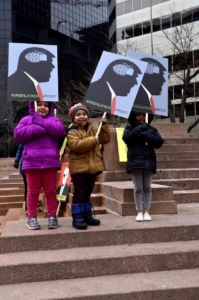
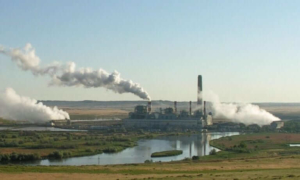 Methane, a potent greenhouse gas, leaks from oil and gas sites across the country, wasting taxpayer dollars and exacerbating climate change. The Bureau of Land Management’s Methane Rule established commonsense standards that require oil and gas companies to deploy readily available, cost-effective measures to reduce methane lost through venting, flaring, and leaks. While the rule itself is still in question, there’s no doubt that Sen. Gardner went against the wishes of most Coloradans and voted to repeal the rule.
Methane, a potent greenhouse gas, leaks from oil and gas sites across the country, wasting taxpayer dollars and exacerbating climate change. The Bureau of Land Management’s Methane Rule established commonsense standards that require oil and gas companies to deploy readily available, cost-effective measures to reduce methane lost through venting, flaring, and leaks. While the rule itself is still in question, there’s no doubt that Sen. Gardner went against the wishes of most Coloradans and voted to repeal the rule.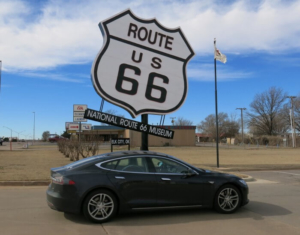
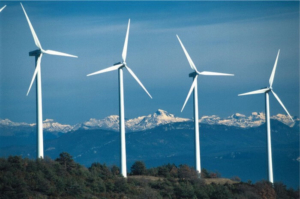

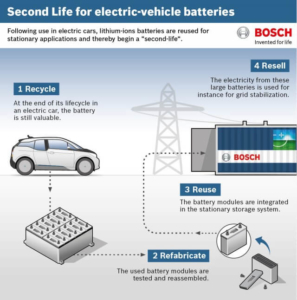
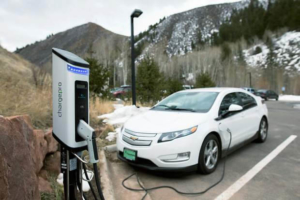
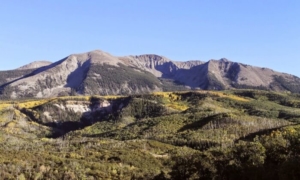
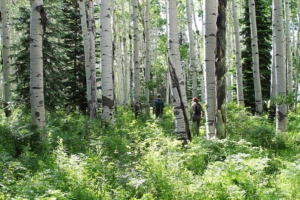
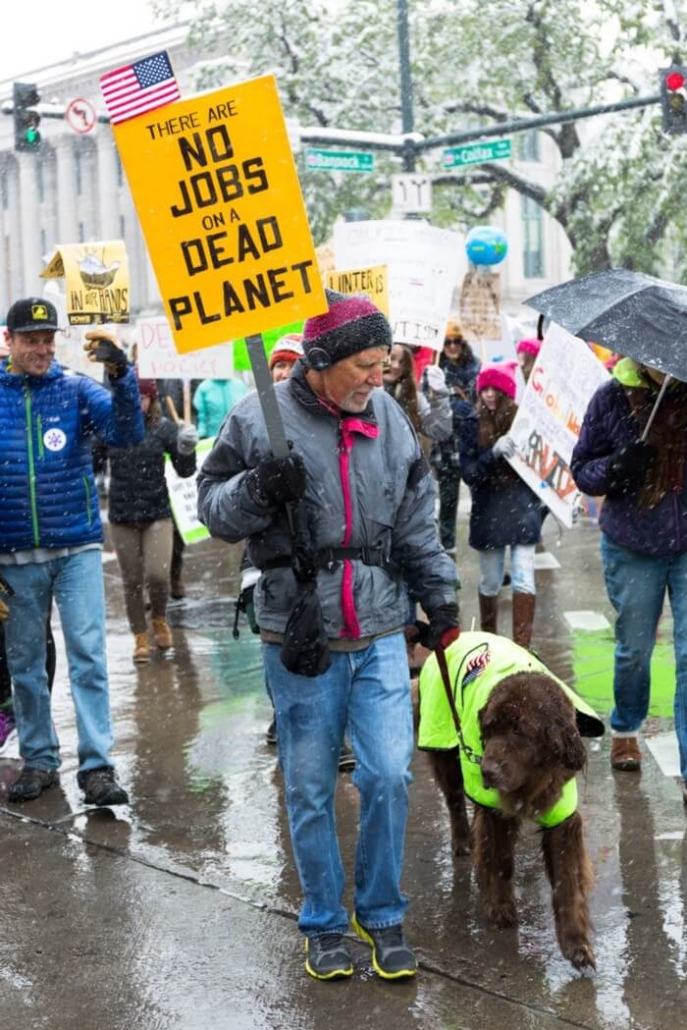
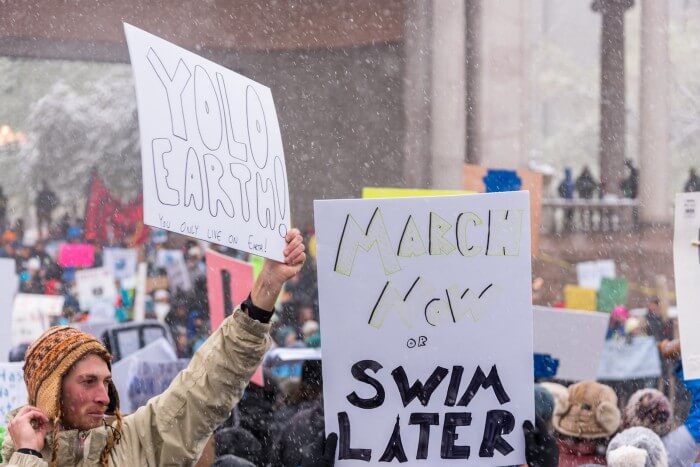



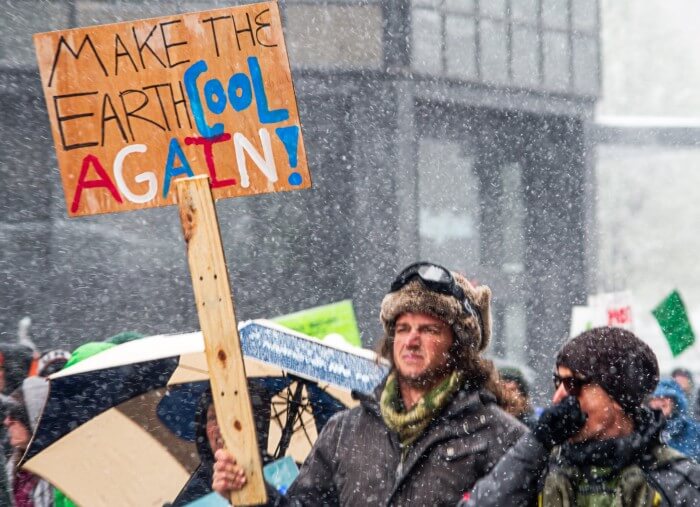
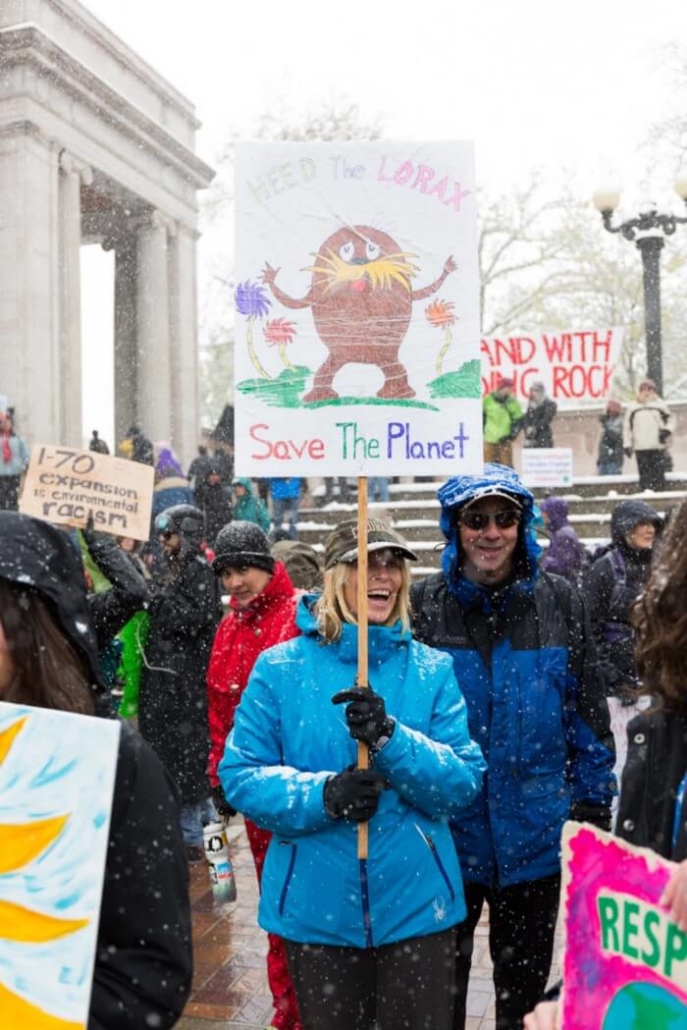
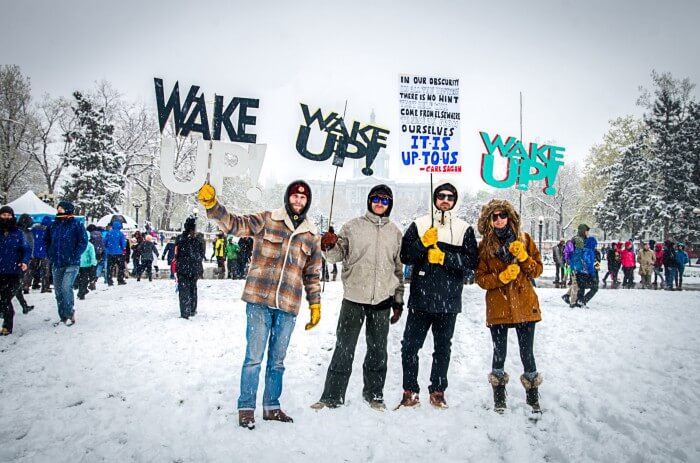
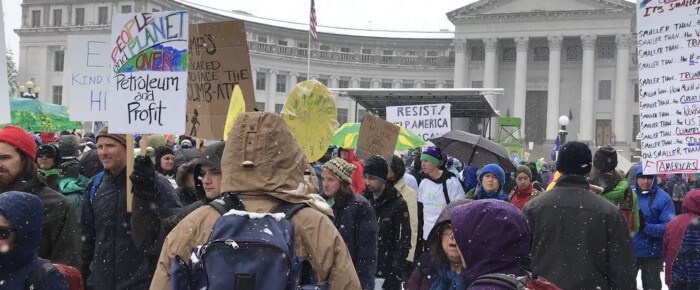
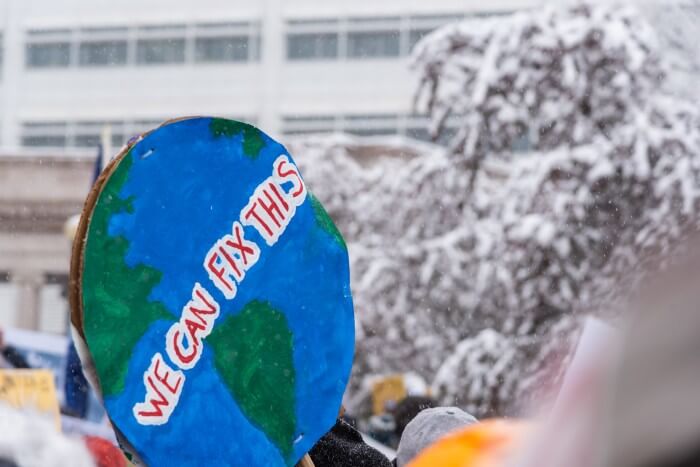

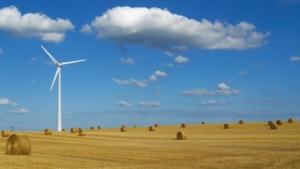 Colorado’s had a promising start to lead on climate solutions. Our renewable energy standard of 30% by 2020 and the “Clean Air Clean Jobs Act” of 2010 that converted coal-fired power plants to clean resources like wind and solar put us on a great trajectory. Our state has proven it is possible to reduce carbon pollution in ways that boost the economy.
Colorado’s had a promising start to lead on climate solutions. Our renewable energy standard of 30% by 2020 and the “Clean Air Clean Jobs Act” of 2010 that converted coal-fired power plants to clean resources like wind and solar put us on a great trajectory. Our state has proven it is possible to reduce carbon pollution in ways that boost the economy.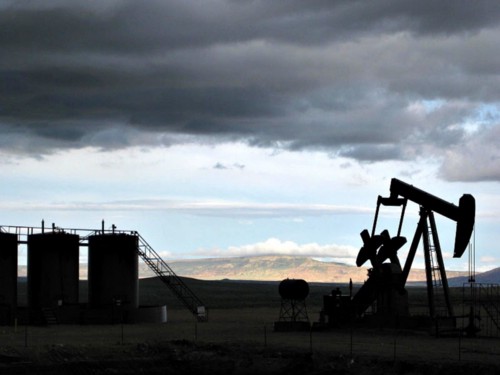
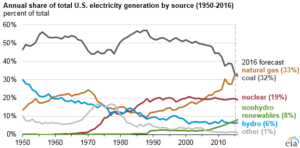

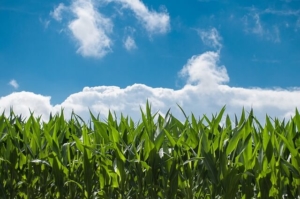 So far, scientists haven’t come up with a one-size-fits-all climate change solution for agriculture. But they are constantly looking for and researching new ideas. One of these is a technique called precision agriculture. Raj Kholsa, another CSU researcher, lays precision agriculture out
So far, scientists haven’t come up with a one-size-fits-all climate change solution for agriculture. But they are constantly looking for and researching new ideas. One of these is a technique called precision agriculture. Raj Kholsa, another CSU researcher, lays precision agriculture out 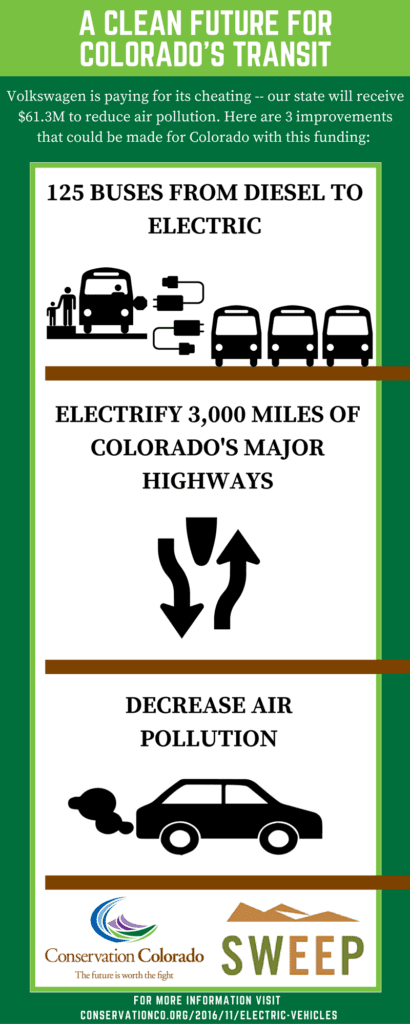 Emissions tests and air pollution limits are in place to protect human health and the air we breathe. Volkswagen’s “too-good-to-be-true” clean diesel cars emitted up to 40 times the legal limit of nitrogen oxides (“NOx”) on the road, but hid these emissions during tests. These smog-forming pollutants, according to
Emissions tests and air pollution limits are in place to protect human health and the air we breathe. Volkswagen’s “too-good-to-be-true” clean diesel cars emitted up to 40 times the legal limit of nitrogen oxides (“NOx”) on the road, but hid these emissions during tests. These smog-forming pollutants, according to 
